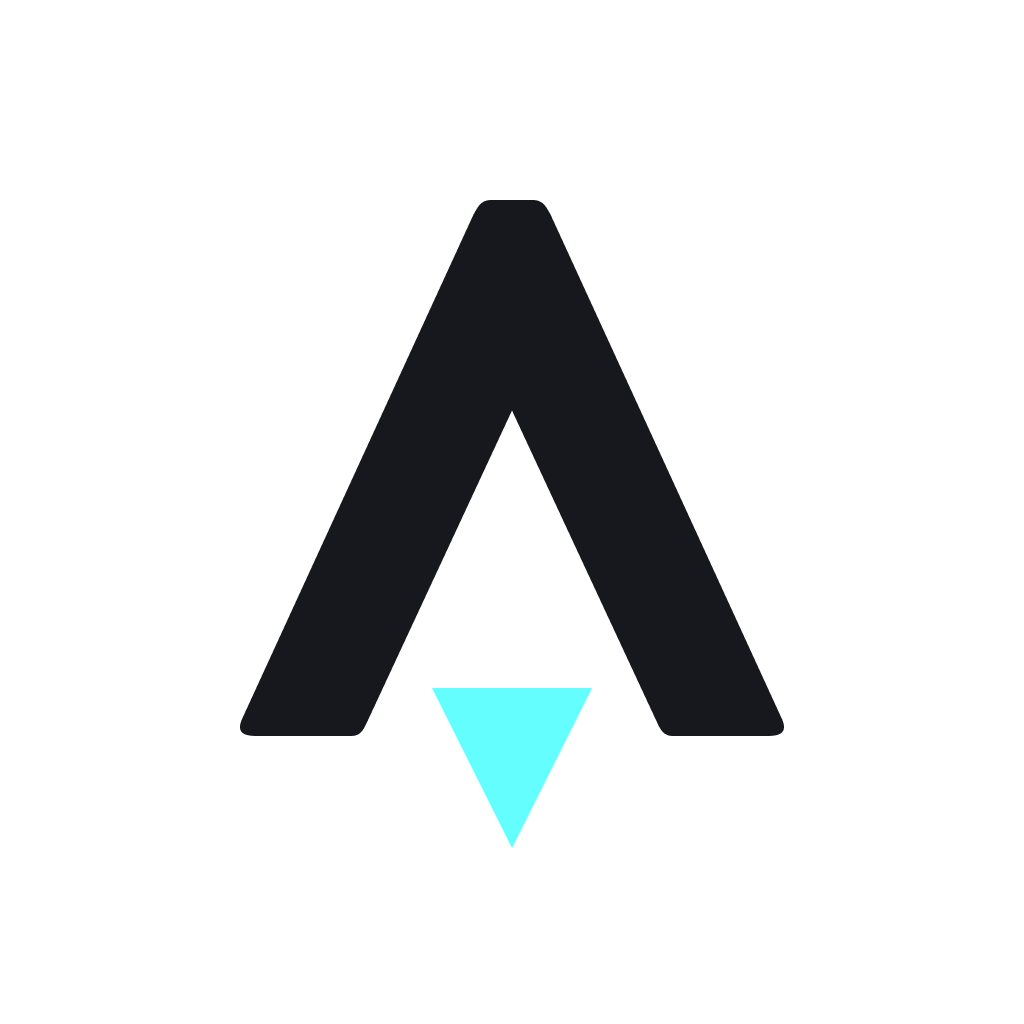







































Off The Grid’s success shows ‘invisible’ blockchain is the winning play
 RTK
RTK
 AXS
AXS
 SUI
SUI
 ATLAS
ATLAS
 OAS
OAS
Off The Grid, a battle royale shooting game drizzled with a hint of blockchain, had an electric debut, with players spinning up 9.12 million wallets and more than 100 million transactions in its first month.
But Off The Grids use of blockchain technology is more of an optional extra than a core element. The graphics and gameplay do not run onchain and its NFT in-game items are opt-in. The game intends to launch a marketplace where items can be traded on Gunz, an Avalanche subnet. A to-be-launched GUN token will be the in-game currency that can be used to purchase items and skins.
Its success shows that emphasizing good gameplay, with blockchain elements as an added feature that enhances the experience for those who want it, can be a winning move. It helped Gunzilla Games, the studio behind Off The Grid, secure backing from VanEck, building on the $517 million in Q3 funding raised by gaming startups.
Some of the industrys high-profile games, like World of Dyspians or the new Champions Tactics: Grimoria Chronicles by Assassins Creed developer Ubisoft, also follow this formula.
Many gamers hate blockchain anyway
Many gamers are deeply suspicious of extractive game developers employing NFTs, meaning gaming firms may be best off distancing themselves from the blockchain label but slowly letting their players dip their toes in.
Gamers are still pissed about their game [graphic] cards being used to mine Bitcoin and Ethereum back in the day, and theyve never forgiven the blockchain people, Viktoriya Hying, co-founder of Base layer-3 gaming chain B3, tells Magazine.
Every time any big publisher said theyre going to try something in blockchain, all their fans revolted against them, and they were shitposting on Discord to shut down the entire initiative.
Several blockchain and gaming firms tell Magazine that the key to onboarding a mass wave of gamers onto Web3 is to make blockchain itself invisible.
If you have to jump through a bunch of hoops and install a weird wallet and set up a seed phrase, people are going to bounce […] Attention is incredibly scarce, and people have unlimited options for how to spend their time and what games to play, Amitt Mahajan, founder of blockchain game studio Proof of Play, tells Magazine.

Anthony Palma, gaming partnerships lead at Sui blockchain developer Mysten Labs, shares the same vision. He says the sweet spot for their sector is when their content is neither referred to as Web2 nor Web3 games, but simply games.
Blockchain is often an added extra anyway
Aleksander Larsen, co-founder and chief operating officer of Sky Mavis the developer of the Ronin blockchain categorizes most blockchain-based games at present as Web2.5. Larsens company created Axie Infinity, the most successful blockchain game to date, though its popularity has declined from its glory days.
Even when you look at games like Axie Infinity [] a lot of the transactions are actually offchain, Larsen tells Magazine.

For a game to be fully onchain, it would typically require immense technical throughput, like scalability, speed and low cost. Plus, many competitive online games demand real-time computation or something close to it at the very least.
We dont really have the technological advancements to put all of the data that we want onchain. So, theres a lot of trade-offs that need to be done by the game developers that are building with blockchain tech, Sicco Naets, head of ecosystem development at the Moonbeam Foundation, tells Magazine.
What blockchains are best for games?
With scaling as its north star, Solana was once seen as the frontrunner to host the blockchain worlds best games, but the chain has mostly been used for memecoins and decentralized finance even if the recent Breakpoint did showcase some impressive looking titles, like Aurory and the long-awaited Star Atlas.
Meanwhile, competitors like Sui have emerged. Based on the Move language developed by Facebook (now Meta) to scale its stablecoin project to the world, its theoretical throughput is placed near 300,000 per second. Thats near real-time for modern applications, and if it can hit that in the real world, itd be ideal for some competitive online multiplayer games, like shooter Bushi or multiplayer online battle arena Final Salvation.
Other blockchain platforms are making strides in the gaming sector.
Immutable X, utilizing ZK-rollups, stands out for its scalability and zero gas fees for trading or minting NFTs, making it a popular choice for game developers looking to incorporate blockchain without sacrificing user experience. Additionally, Avalanche distinguishes itself with its subnet architecture, allowing the creation of custom blockchains that can optimize performance for specific gaming requirements, like Gunz for Off The Grid.

Onchain games today
While high-throughput chains like Sui are required for technically advanced gaming experiences, the other option is to design games around the limitations of current chains.
Mahajans Proof of Play studio doesnt make high computation-demanding games like Off The Grid; instead, it focuses on casual games with fewer moves.
Back in 2009, Mahajan helped create FarmVille, a viral Web2 social farming simulator game, and discovered that such a model can be as popular as any other. FarmVille was acquired by Zynga in 2009 and joined a portfolio of games with a monthly player base of 300 million in 2012.
Were 100% onchain, Mahajan says of Pirate Nation.
According to Mahajan, most gamers dont care whether their game is on a blockchain or not, but there are properties they will eventually start to care about once they discover them.
For one, a Web3 native game cant be shut down, and it can run forever. That wasnt the case for FarmVille, which was shut down in 2020.
For FarmVille players, the time and investment they put into the game could have been preserved if blockchain games existed back then.
If FarmVille was open-source and it was onchain, its possible that someone would have continued to operate the game. I mean, 300 million people Im sure someone cared enough to actually go and run the game, Marhajan says.

Proof of Play runs its games on Arbitrum layer-3 Apex and Boss. The two chains are among the top gas spenders on Ethereums rollup ecosystem.
Blockchain as the main character
A criticism that often haunts Web3 games is that theyre not as fun as non-blockchain games. Blockchain adds an economic layer to gaming, and often, players are caught grinding for tokens or NFTs.

But Larsen of Sky Mavis argues that games dont necessarily have to be fun. He rather sees games as an entertainment platform that can invoke myriad emotions for players.
When Im playing Dota or Diablo, I play to compete. Im not smiling, but to me, Im being entertained.
Larsen adds that the opportunity presented by blockchain technology addresses a need that goes beyond gaming.
Deep game economies can provide income for players around the world, much like how Axie Infinity became a lifeline to COVID-ravaged communities in the Philippines during the pandemic.

I truly believe that this is a new market that were tapping into new types of behaviors [and] its going to be even stronger moving forward as people around the world spend even more time in digital spaces.
As Axie did, blockchains present alternatives to the existing system.
For example, in August 2021, China imposed a strict three-hour weekly gaming limit on minors. Following the new rules, Chinese authorities carried out a nine-month freeze on new game licenses when no new games could launch.
In response to Chinas stringent gaming regulations, including the three-hour weekly limit for minors imposed in August 2021 and a subsequent nine-month freeze on new game licenses, gaming companies explored innovative solutions to get to market, according to Hying.
The solution there is theyre taking some of these teams and starting offices in Vietnam and Singapore to bring the games to market via blockchain because blockchain doesnt have barriers to entry, Hying says.
Early access to the future of blockchain games
Studios across Asia are more open to embracing blockchain elements even if none of them have had a true breakout hit with the technology yet.
If you look at the dichotomy between the East and West right now, Eastern studios are excited about new technology and more willing to dive in to be the first movers, he says, adding that Western studios are more cautious and tend to wait for successful blueprints before taking the risk themselves.
In Japan, major gaming firms have already boarded the blockchain express through Oasys, a blockchain specialized for gaming. Developers launch their games on layered networks called Verses, which are essentially customizable ecosystems within the larger Oasys network.
The Oasys roster includes major studios like Ubisoft and Sega, the creator of Sonic the Hedgehog and once a world leader in home consoles. Today, its Battle of Three Kingdoms trading card game runs on Oasys.

But Ryo Manzoku, technology director at Oasys, tells Magazine that its still hard to get players on board.
We havent seen a successful blockchain game in Japan, Manzoku tells Magazine through a translator. Its very hard to get users on blockchain games right now, but if just one of the games is very successful, then it will be easier to acquire additional partners on Oasys, he says.
Palma of Sui thinks that a big breakthrough is just on the horizon.
Major studios are going to pay attention because somebody is going to figure it out in the next year or two, he says.


